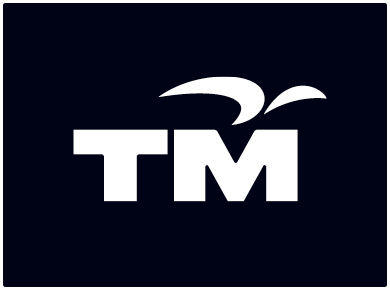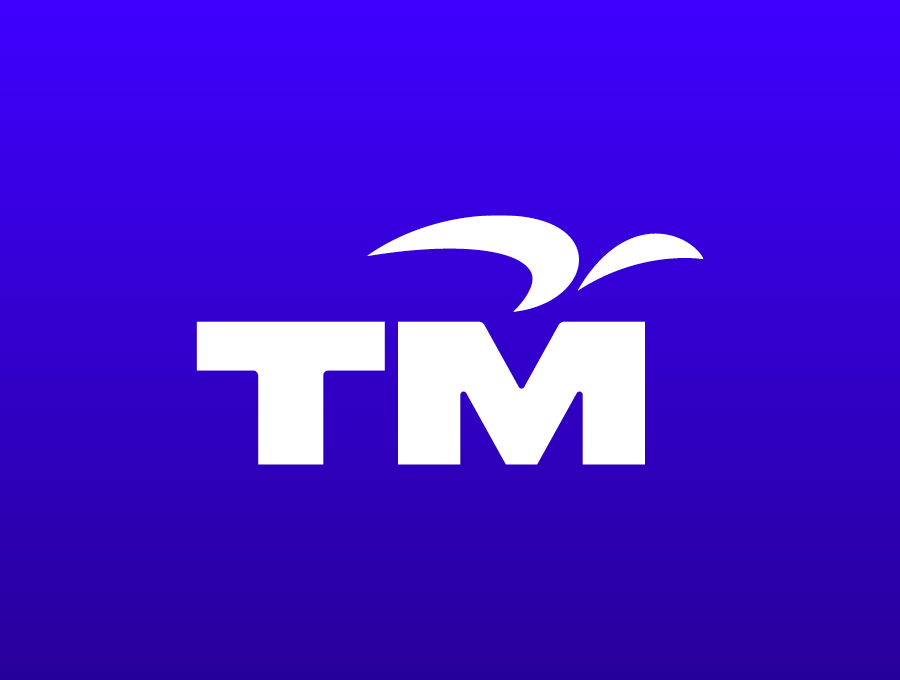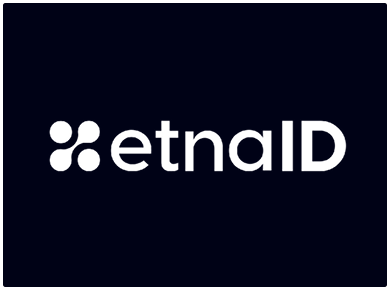
Centralizing Telecom WiFi subscribers’ data with ClusterControl
Telco-grade databases without the Telco price.

Background
Telekom Malaysia is the largest integrated telecommunications company in Malaysia, and one of Asia’s leading communications companies. The core business is in Internet, multimedia, data, and fixed-line services.
TM Research and Development Sdn. Bhd., a subsidiary of Telekom Malaysia is a technology company that supports Telekom Malaysia’s business through state of the art research and
development.
Challenge
TM R&D had to build a centralized AAA system to handle authentication and accounting of
users to accommodate rapid growth in its user base that requires mobility and provides reliable access to a number of new network services. The centralized AAA infrastructure would require a solid backend subscriber database. It also meant that subscriber information that was stored in different systems would now be centralized in the new backend database.
Subscriber databases typically store user-profiles and user activity, and this data is accessed when users authenticate and try to access their services. Network activity such as session times, IP address, network traffic, etc. is recorded by the accounting system and can be used for e.g., billing purposes. User data is typically read-intensive, while accounting data is write-intensive. As the number of users and the amount of service data to be collected grows, the choice of datastore becomes very important.
The project team had to deliver a typical telecom-type SLA:
• 99.999% availability
• No loss of data
• Horizontal scalability (load spread across multiple servers) with an initial dimensioning of at least 100k concurrent users
• Minimal administration and management overhead
• Low total cost of ownership (TCO)
Solution
MySQL Cluster was selected as the backend data store in order to provide 99.999% availability.
The technical team used the Severalnines Configurator for MySQL Cluster (https://severalnines.com/configurator) to generate a deployment package for their on-premise MySQL Cluster installation. The deployment package completely automated the deployment of the database cluster.
Once the infrastructure was in place, it was important to manage and monitor the database cluster with as low overhead as possible. Any downtime would affect the authentication service and all services making use of it. Therefore, it was important to continuously monitor the database and get alerted whenever there was a problem.
ClusterControl could provide a single, consolidated view of database health as well as the underlying platform (OS, hardware, network). Coverage of all these would help to accurately
isolate the source of problems. Management was also simplified. Backups could be scheduled from a web user interface. This enabled the DBA to focus on more important tasks such as architecture design and performance tuning.
Once deployed in a Telco environment, it is important for the system to run in an autonomous fashion, requiring as little management overhead as possible. In cases where the database cluster does not handle certain node restarts, these need to be handled by an external availability manager in order to avoid manual intervention. Also, granular control down to individual nodes of the cluster is important so as to quickly troubleshoot any issues. Problems can be external to the database, e.g. the OS or the underlying hardware, or it could be related to bad performing queries.
Outcome
The ClusterControl Query Analyzer was a useful tool to identify slow-running queries. Performance Probes could be used to benchmark slow queries. Improvements to the queries could be quickly tested to find out average response times, 95 percentile response times, and throughput.
ClusterControl was the best available solution for monitoring and managing our MySQL Cluster backend. It delivered the automation necessary to meet the needs of our telco-grade environment, Thanks to these capabilities, we could deliver a telco-grade system without paying the telco price.
Yeoh Chun Yeow, Senior Researcher Telkom Malaysia R&D
Summary
Build a highly available database cluster, quickly
Build a highly available database cluster and horizontally scale database nodes at the push of a button, quickly.
Single management dashboard
ClusterControl provided a single consolidated view of database health, and the ability to roll out upgrades, patches, and new database features with the simple push of a button.
Telco-grade databases without the high price tag
ClusterControl ensured lower total cost of ownership with open source software and commodity off-the-shelf hardware.
Ready to automate your database?
Sign up now and you’ll be running your database in just minutes.






